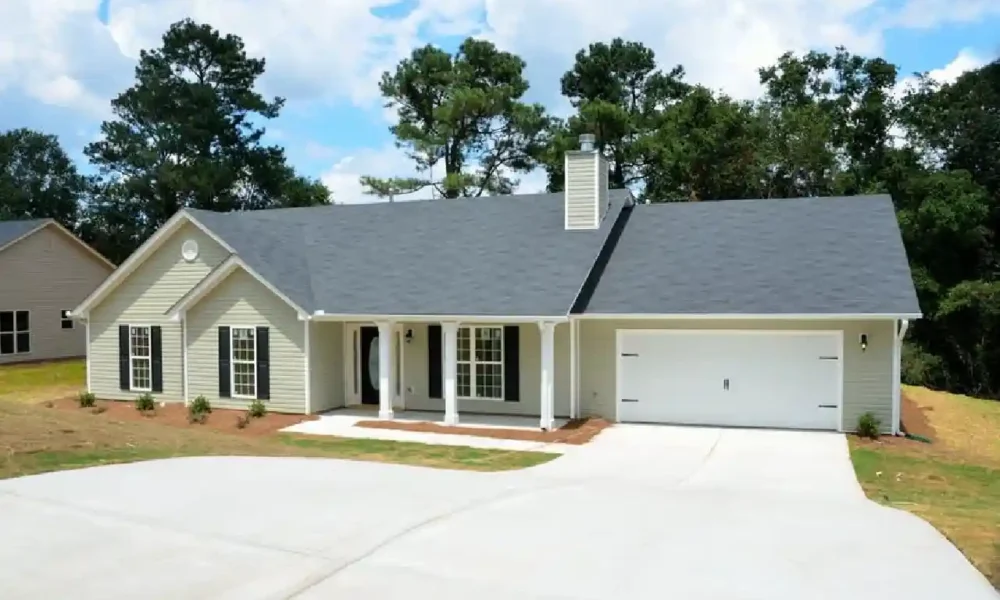Flooding can wreak havoc on any home. But, small bungalows can be particularly vulnerable due to their compact size and unique structural features.
Understanding the critical areas to inspect after flood damage is essential for ensuring your bungalow remains safe and secure.
This blog post will guide you through the four crucial areas to check in your small bungalow post-flooding. From assessing structural integrity to addressing sewage backups, we’ll cover everything you need to know.
Read on!
1. Foundation and Structural Integrity
Foundation damage is a common aftermath of floods, and it can compromise the entire structure of your bungalow. The first step in assessing any potential foundation damage is to look for visible cracks or shifting in the foundation walls.
Check both the interior and exterior of your home for any signs of damage, including:
- cracks
- bulging
- leaning walls
It’s also important to check the floors for any unevenness or sagging, as this could indicate underlying foundation issues. If you notice any red flags during the inspection, it’s crucial to contact a professional structural engineer immediately.
2. Electrical System
Flooding can cause severe damage to your home’s electrical systems, posing a significant safety risk for you and your family. Before touching any electrical components in your bungalow, it’s crucial to turn off the main power supply.
Once the power is disconnected, carefully inspect all electrical outlets, switches, and appliances for signs of water damage. If you notice any discoloration or rusting on these components, do not attempt to use them and contact a licensed electrician for repairs.
If you ask experts like these water damage specialists in Idaho, they will tell you that it’s always better to be safe than sorry when dealing with electrical components post-flood.
3. Plumbing and Sewage Systems
Floodwaters can also damage your home’s plumbing and sewage systems, leading to potential health hazards. Inspect all pipes, drains, and toilets for any signs of backups or blockages.
If you notice any foul smells or slow draining water, it could indicate a clog in the sewage line. In this case, it’s best to call a professional plumber to address the issue and prevent further damage.
Moreover, it’s essential to disinfect and properly clean all affected areas to avoid any contamination or spread of bacteria. This is especially crucial if the floodwaters were contaminated with sewage or other hazardous substances.
4. Walls, Insulation, and Flooring
It’s important to thoroughly inspect your bungalow’s walls, insulation, and flooring for any signs of water damage. Look for discoloration, warping, or peeling paint on the walls, as well as dampness or mold growth.
In addition, check the insulation in your home for any signs of saturation. Wet insulation can lead to mold growth and compromise the energy efficiency of your bungalow.
Know the Crucial Areas to Check in Your Small Bungalow After Flooding
It’s vital to thoroughly inspect your bungalow after a flood to ensure the safety and structural integrity of your home. By following these tips, you can identify any potential issues and address them promptly.
Remember to prioritize your safety by turning off the main power supply before conducting any inspections and seek professional help for any necessary repairs. With these tips in mind, you’ll be better equipped to handle the aftermath of flooding in your small bungalow.
Stay safe and stay prepared!
To read more, visit our blog page. We do have more topics!
